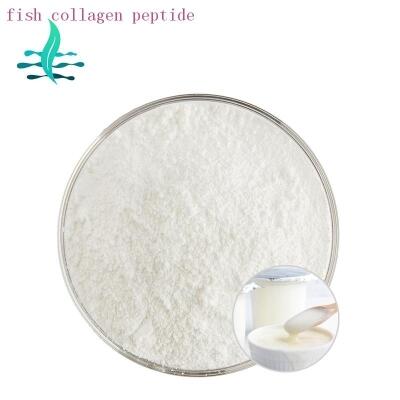-
Categories
-
Pharmaceutical Intermediates
-
Active Pharmaceutical Ingredients
-
Food Additives
- Industrial Coatings
- Agrochemicals
- Dyes and Pigments
- Surfactant
- Flavors and Fragrances
- Chemical Reagents
- Catalyst and Auxiliary
- Natural Products
- Inorganic Chemistry
-
Organic Chemistry
-
Biochemical Engineering
- Analytical Chemistry
-
Cosmetic Ingredient
- Water Treatment Chemical
-
Pharmaceutical Intermediates
Promotion
ECHEMI Mall
Wholesale
Weekly Price
Exhibition
News
-
Trade Service
γ-Aminobutyric acid (GABA) is an important chemical intermediate in the field of pharmaceuticals and cosmetics.
Its upstream and downstream products play a crucial role in the chemical industry.
Upstream Products
The upstream products of GABA are primarily the raw materials required for its production.
Some of the common upstream products include ammonia, hydrogen cyanide, and sodium hydroxide.
These raw materials are used to produce GABA through various chemical reactions.
Downstream Products
The downstream products of GABA are the end products that are derived from it.
Some of the common downstream products include pharmaceuticals, cosmetics, and food additives.
GABA is used as a starting material for the production of various pharmaceuticals, such as antiepileptic drugs, anxiolytics, and sedatives.
In the cosmetic industry, GABA is used as an active ingredient in various skin care products, such as creams, lotions, and serums.
It helps in reducing the appearance of wrinkles and fine lines, and improves the overall skin condition.
GABA is also used as a food additive in various countries.
It is used as a dietary supplement and is believed to have a calming effect on the nervous system.
Manufacturing process
The manufacturing process of GABA involves several steps, including the hydrolysis of para-aminophenol, the oxidation of salicylic aldehyde, and the reduction of β-alanine.
These steps are carried out in a series of chemical reactions, and the product is purified and isolated at the end of the process.
Chemical Properties
GABA is a white crystalline solid that has a slight smell of belladonna.
It is soluble in water and slightly soluble in ethanol.
It has a molar mass of 105.
09 g/mol and a melting point of 292 K.
Health Benefits
GABA has been studied for its potential health benefits, including its ability to reduce anxiety, improve sleep, and reduce symptoms of depression.
It has also been studied for its potential role in reducing the risk of heart disease and improving cognitive function.
Conclusion
γ-Aminobutyric acid (GABA) is an important chemical intermediate in the pharmaceutical and cosmetic industries.
Its upstream and downstream products play a crucial role in the production of various chemicals and end products.
The manufacturing process of GABA involves several steps, and the product is purified and isolated at the end of the process.
GABA has potential health benefits, and its use as a dietary supplement is believed to have a calming effect on the nervous system.







